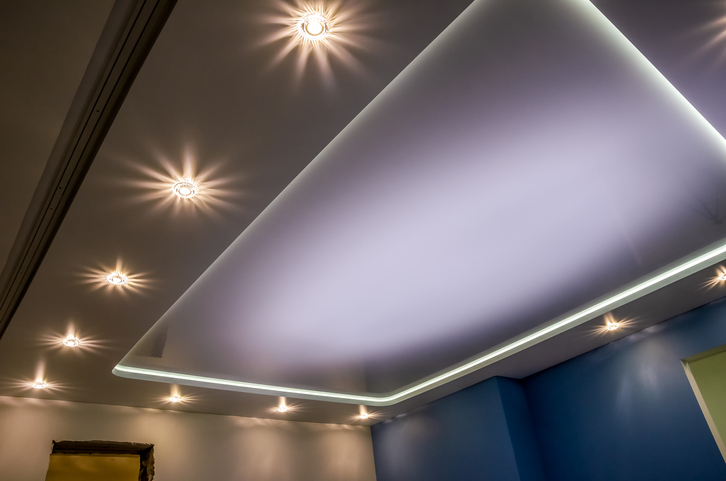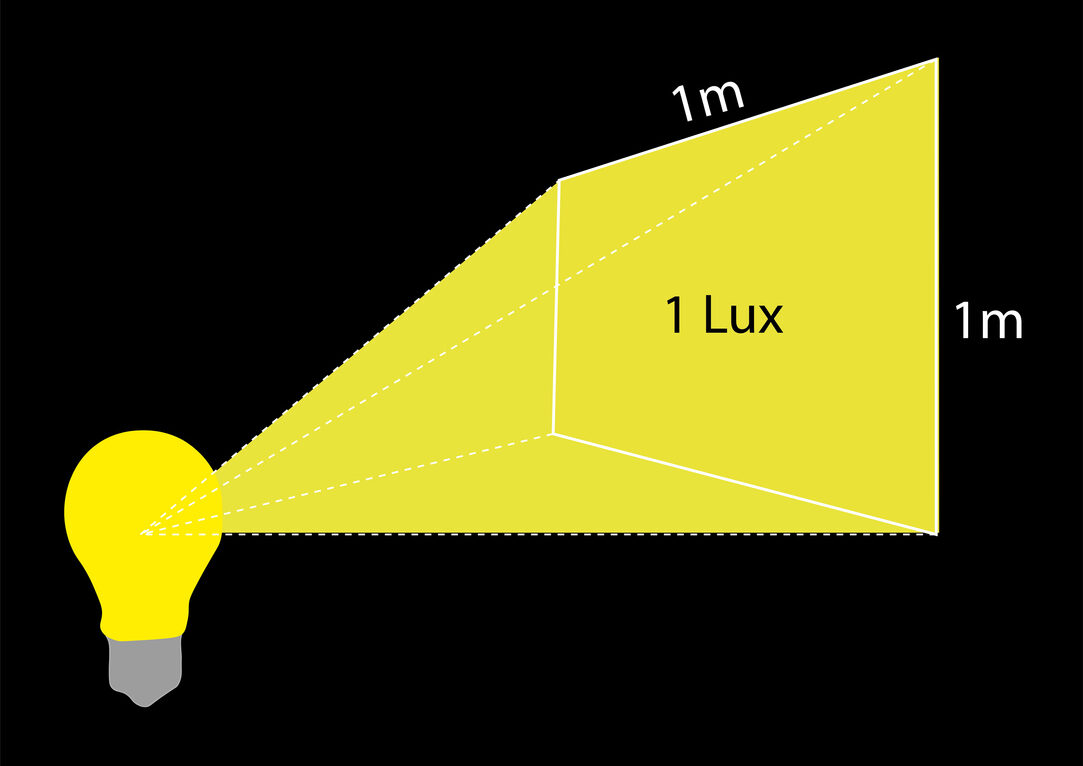Have you ever wondered how the brightness of your indoor or outdoor spaces is measured? Enter light level readings—a crucial aspect of assessing and optimizing lighting conditions for energy efficiency and visual comfort.
In this blog post, we’ll explore what light level readings are, how to measure them, and the role they play in saving energy while ensuring optimal lighting environments.
What Are Light Level Readings?
Light level readings refer to the quantification of the amount of light present in a specific space.
This measurement helps us understand the level of brightness or illumination in a room, area, or outdoor environment.
Two common units used for light level readings are lumens and foot-candles.
Measuring Light Levels: Lumens and Foot-Candles
Lumens and foot-candles are units used to quantify light levels, and understanding the difference between them is essential.
Lumens: Lumens measure the total amount of visible light emitted by a light source. It provides a standardized way to compare the brightness of different light fixtures regardless of their design or application.
Foot-Candles: Foot-candles, on the other hand, measure the amount of lumens falling on a specific surface area. More technically, a foot-candle is equal to one lumen per square foot. Foot-candles help us gauge the actual amount of light reaching the surface that needs to be illuminated.
How to Measure Light Levels
Measuring light levels involves the use of light meters, which are devices specifically designed for this purpose. Here’s a basic guide on how to measure light levels:
Select the Area: Choose the area or surface you want to measure the light levels for. It could be a workspace, a room, or even outdoor spaces.
Calibrate the Meter: Ensure that the light meter is calibrated according to the manufacturer’s instructions. This step is essential to obtain accurate readings.
Take Measurements: Hold the light meter in the area you’re measuring and point it toward the light source. The meter will provide readings in lumens or foot-candles, depending on the settings.

How Do Light Level Readings Save Energy?
Optimizing light levels through accurate measurements can lead to significant energy savings. Here’s how:
Right-Sizing Lighting: By measuring light levels, you can determine whether a particular space is over-lit or under-lit. Over-lit areas consume unnecessary energy and contribute to higher electricity bills. Under-lit spaces can lead to discomfort and decreased productivity. Adjusting lighting to the appropriate levels helps eliminate wastage while ensuring a comfortable environment.
Efficient Fixture Selection: Light level readings aid in selecting the right lighting fixtures for a given space. This prevents the installation of fixtures that are more powerful than needed, which can lead to energy overuse. Matching fixtures to the required light levels ensures optimal performance without excess energy consumption.
Dimming and Controls: Light level readings guide the implementation of dimming systems and lighting controls. By dimming lights when full brightness isn’t necessary, you save energy while maintaining adequate lighting for the task at hand.
Illuminate Wisely with Light Level Readings
Understanding and utilizing readings empowers you to make informed decisions about lighting design, usage, and energy consumption. Whether for residential, commercial, or industrial settings, accurate light level measurements pave the way for energy-efficient lighting solutions.
For expert guidance on optimizing your lighting setup, contact Beattie Dukelow Electrical Inc. Our team can assist you in achieving the perfect balance between illumination and energy conservation.

